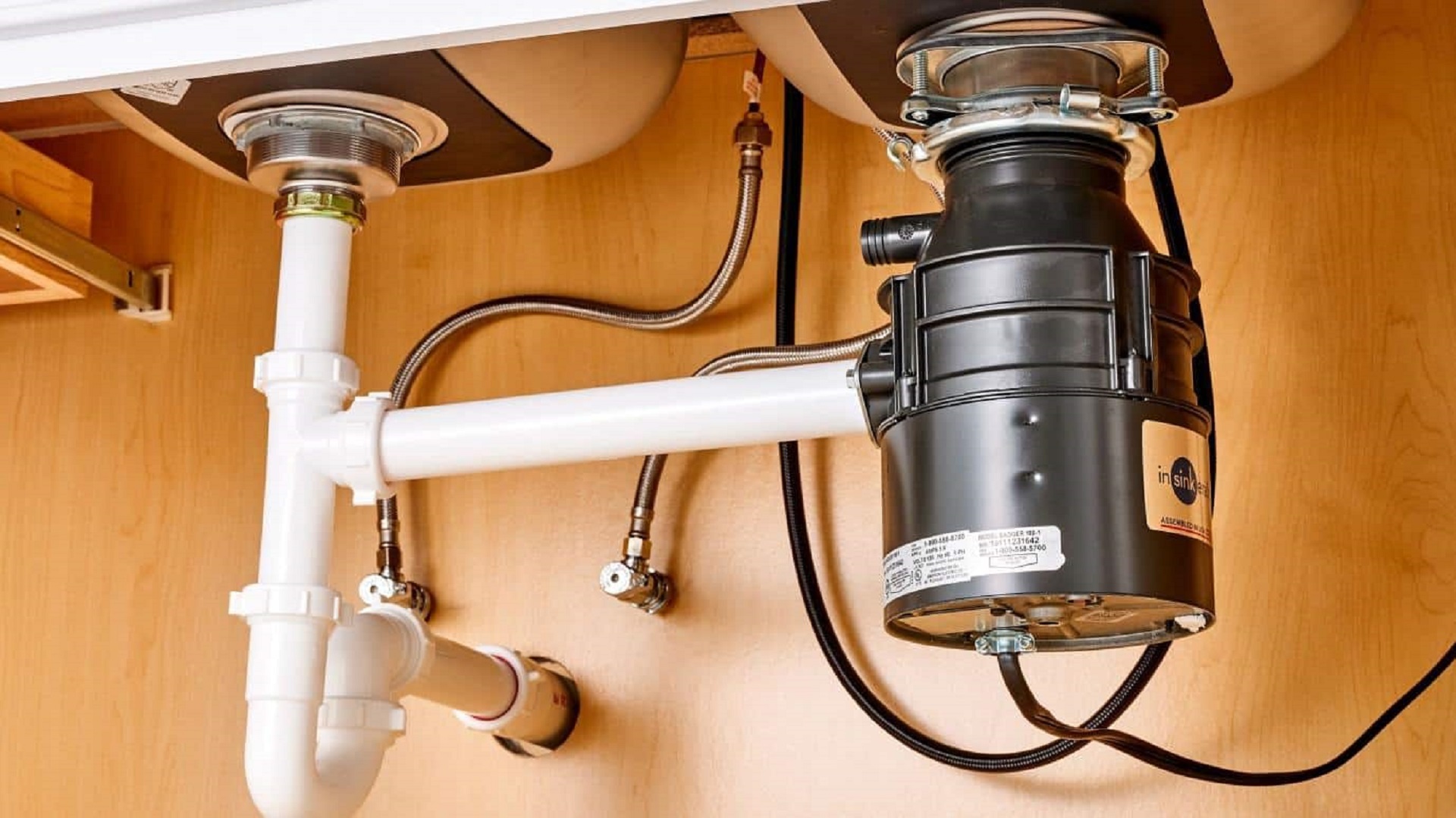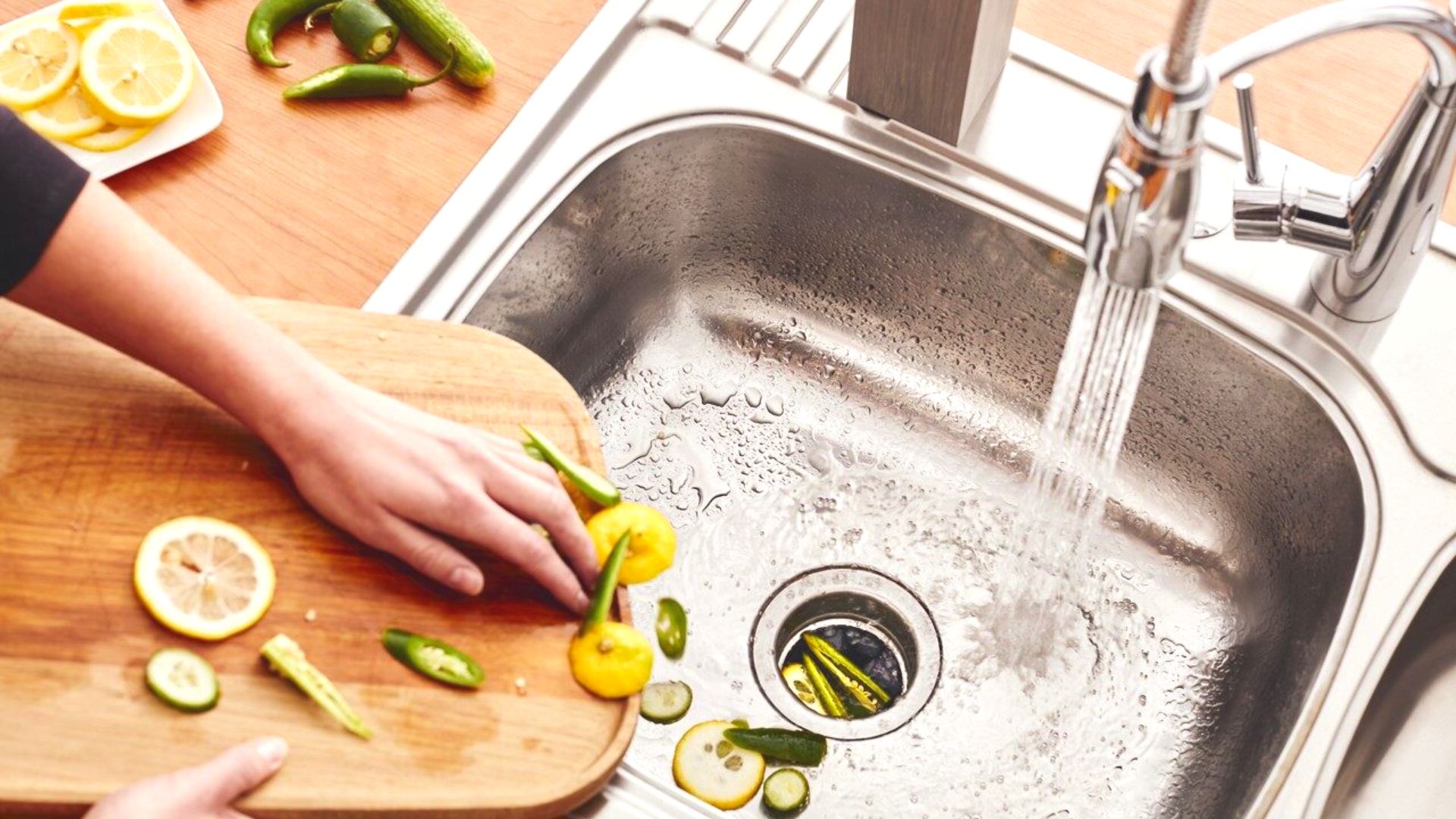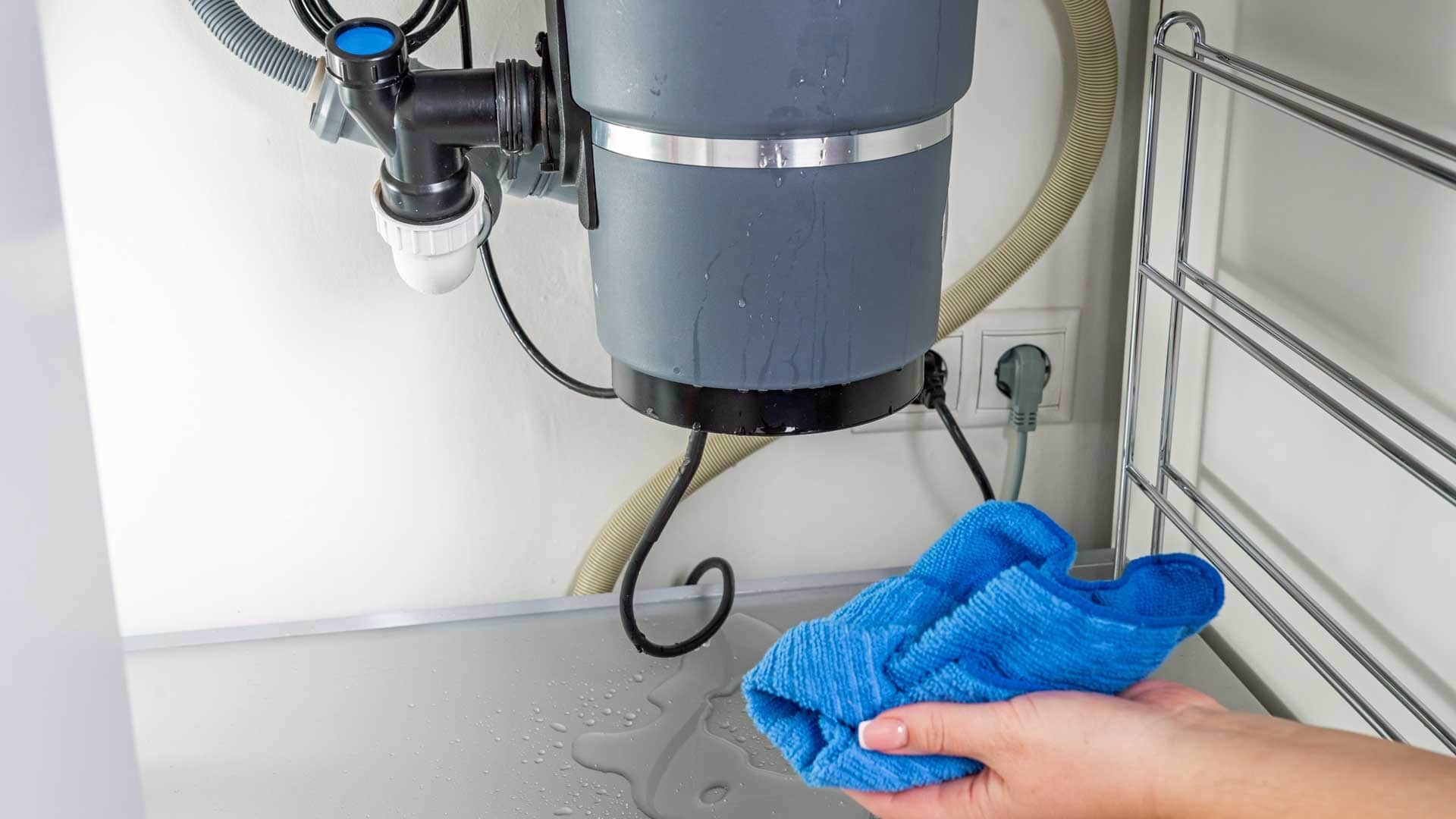7:00AM to 5:00PM
Regarding home utilities, garbage disposal systems or food waste disposal usually do not command much attention.
However, like other basic amenities, the proper functioning of any household depends greatly upon these unappreciated devices and can be severely affected if they start malfunctioning. Unfortunately, such problems are common and can occur for various reasons, such as electrical issues or clogging with all the food scraps your garbage disposal unit was eating.
But, in many cases, these can be resolved using simple methods, and you don’t have to call an emergency plumber. In this guide, we’ll share some ways to help solve garbage disposal problems without requiring professional assistance. So, let’s get started!
When buying a garbage disposal unit or food waste disposer, it’s crucial to choose the best garbage disposal and know what you’re getting. To learn how to fix your garbage disposal units, it is essential to understand the various types of such systems used in households. This is because different garbage disposals may require other solutions, and a method that might work with one system may not work with another.

The most common garbage disposals, food waste disposers or kitchen waste disposal units include continuous and batch feed systems:
Food waste disposal units are fitted to your kitchen sink drain that grinds food scraps and organic waste materials into tiny particles, which can then be safely washed down the sink. Despite functioning differently, all garbage disposals are powered via an outlet under the kitchen sink.
One of the most common problems with garbage disposals is that they do not turn on, which indicates an electrical problem. To fix a garbage disposal, perform a basic check confirming that the appliances or garbage disposers are plugged into the power source.
If it is plugged in but does not start, locate the reset button at the bottom and press it. This button functions by operating the built-in circuit breaker, which may pop out if the circuit breaker is tripped. It may be possible to reset the device by pushing the back button.

If that does not work, you may need to reset the lever of the breaker, but before doing so, test it using a voltage tester. You may need to access the wiring to check the power for hardwired garbage disposals.
And if neither method works, there might be a problem with the switch that controls the disposal under the sink. Before disassembling the switch, turn off the circuit breaker and power the unit on the main service panel.
Then, disassemble the switch and take a look at the connections within. There may be a loose connection, which can be fixed by tightening it. Alternatively, the switch may be faulty and may require replacing. However, if the disposal unit does not work even after checking and replacing the various components, you may need to replace the malfunctioning garbage disposal.
If the garbage disposal is clogged, you may need to call a professional for garbage disposal repair. A clogged garbage disposal can also lead to leaks, so it’s important to address the issue promptly. In some cases, the garbage disposal may be beyond repair and require replacement.
Your garbage disposal may turn on and make a humming sound but does not perform any grinding operations. This may indicate that the inner flywheel is jammed, which can cause the circuit breaker to trip or the reset button to pop.
If this problem continues for an extended period, the unit’s motor can burn out as the switch or breaker cannot turn it off. Usually, this problem occurs when a foreign object or food gets stuck between the shredder ring and the impeller.

To deal with that, first, turn off the device by using the wall switch and the breaker. Then, insert an offset wrench into the bottom of the garbage disposal, where a hole turns the flywheel and turns the wrench clockwise to free the flywheel or impeller.
You can also use a torch or a wooden object like a spoon to free the flywheel and then check the disposal unit. If pieces of food or other foreign things are stuck inside, remove them using a pair of pliers.
Once done, turn on the power and press the reset button while running some tap water into the waste disposal unit. Follow this by turning the waste disposal units on and off a few times, allowing the water to wash away any remaining debris.
Leaking garbage disposal is also quite common, and leaks can occur in several places, such as where it connects to the sink. They can also occur in the hose that connects the disposal unit to the dishwasher or the one used for waste disposal.
Turn off the disposal unit through the circuit breaker for a leak at the sink’s flange. Then, remove the unit from the flange by turning it to the left, tightening the bolts, and connecting it to the sink.
The leak may even be caused by worn-out putty, in which case you may need to add some new putty between the flange and the sink. After doing so, tighten the bolts holding the flange to the sink and wipe any excess putty.
Connect the garbage disposal back to the sink, turn it on and turn on the water in the sink to check for potential water leaks.

Leaks can also occur at the dishwasher’s rubber hose to the disposal unit. In this case, you may need to tighten the clamp on the hose or replace the hose entirely if the leak does not stop.
If the gasket of the hose that carries waste water down the drain has worn out, it can also cause leaking. To fix that, tighten the bolts connecting the pipe to the unit and check. If the leak remains, remove the pipe and bolts and replace the gasket before reinstalling the components.
Slow drainage is usually caused by the disposal unit clogging and requires removing the discharge pipe and drain trap to remove the clog. Again, this will involve removing the bolts connecting the pipe for removing it and checking for materials that are causing the obstruction.
After clearing the clog, reconnect the pipe and drain trap. Then, please turn on the disposal and the water to confirm that it usually drains.
Fixing a garbage disposal system is not difficult but requires a lot of patience. In most cases, the problem arises when objects not meant to be disposed of using the system end up inside it.
That is why the best way to prevent problems is to ensure that materials such as certain types of food waste are not disposed of using a garbage disposal. Also, regular cleaning and maintenance can go a long way in preventing problems with the unit. But be careful; the sharp blades of garbage disposal could be dangerous to an inexperienced person.
Is your garbage disposal still malfunctioning? It’s time to call the professionals and keep your kitchen clean! Get in touch with our expert plumbers.
Need another plumbing service? You can still contact us for your other plumbing problems and needs. Our emergency plumber is always ready to provide plumbing solutions in your homes and business. We cater to both residential and commercial plumbing. Contact us to learn more about our full range of plumbing services.
With that said, it is time to conclude this guide. Goodbye!